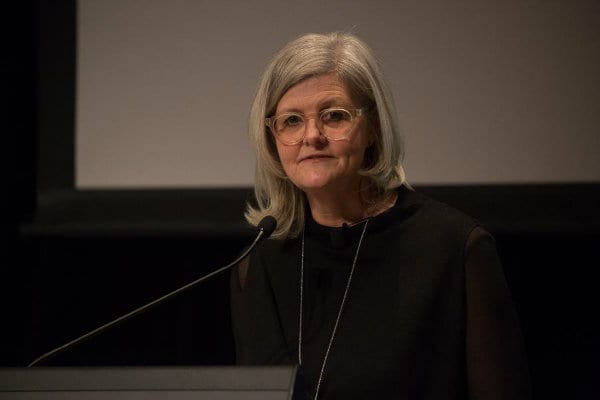Now well into the second year of this COVID pandemic, it seems like at least some of the changes we’ve seen around work during this period are here forever, especially around expectations on flexible work.
But how these giant shifts in work will contribute to future economic prosperity will depend on whether men and women access flexible working equally. And massive gaps are continuing between businesses that do offer flexibility and those that don’t.
That’s according to new research out today by Chief Executive Women and Bain & Company, which has issued a plea for business leaders to take the lessons from COVID and embrace flexibility as a strategic performance driver across management and teams. They are calling on flexibility to be practiced at scale, rather than in an ad-hoc way. They are urging leaders to encourage it without preconditions or judgement, for it to be adopted by men and women across all levels of companies, and for flexibility to be pursued without impediments to workplace participation, progression, learning and/or effectiveness.
The research, based on a survey of 2000 Australians, highlights an increased appetite for flexible work from employees now and into the future. It finds that “equal take up of flexibility” is seen as the most effective way for overcoming gender equality barriers at work — followed by unbiased recruitment and promotion and leadership.
However, the research also notes that there is now — and will be well into the future — gaps in the flexibility that different workplaces are offering.
For one, some industries and workplaces have greater barriers to overcome around flexibility, especially those relying on shift work and functions requiring people to be physically present.
And in other cases, some workplaces will continue to hold on to more traditional forms of measuring the outputs of staff, assessing performance and productivity based on rigid notions of availability.
The CEW research, conducted in partnership with global consultancy firm Bain & Company, found that 63% of respondents believe their company is more flexible than it was three years ago — a great improvement, but one that highlights how despite the pandemic one-third of employees don’t believe their companies have improved on flexible arrangements.
Meanwhile with two-thirds of respondents saying they expect their workplaces to become more flexible post the pandemic (including 60% of women and 66% of men), there is a gap once again regarding those who don’t believe this to be so.
This is all despite the finding that 95 per cent of respondents would take up more flexible arrangements over the next three years, if offered.
In better news, CEW’s survey found that 80 per cent of respondents believe flexibility is viewed more favourably now, than it was before COVID.
Announcing the results of the report today, CEW President Sam Mostyn AO says that flexibility must be provided equally to men and women in order to maximise the economic benefits it can offer. To make it happen, she says that senior male leaders demonstrating how they’re working flexibility will be key.
She suggests that business should take a scorecare approach to measuring the uptake of flexible working options, which is is regularly reported back to senior leaders — just as they would receive scorecards on customer satisfaction levels or workplace safety.
Meanwhile, Bain & Co partner Agathe Gross highlighted another concern from the survey — that flexibility may hinder career progression.
“The research clearly shows employees want more flexibility, but they’re also concerned about career opportunities and promotions if they do work flexibility,” she said.
“While we know flexibility has many benefits, we do need to be aware of these unintened consequences.”
Mostyn writes in the report that if leaders and organisations can be “purposeful” on how they build dynamic workplaces, then they will have an opportunity o fully realise the potential of Australia’s highly educated and talented workforce — that will lead to greater participation and contribution across the full economy.
“Companies have an opportunity to reset culture and accelerate expectations and policies urround flexible work,” she writes. “As we come out of the pandemic, how we choose to work will influence our productivity and performance as an economy.”
Against the backdrop of a highly uncertain global economic environment, we need to draw on all the talent and investment in both women and men to reinvigorate our economy. This is our catalyst to create powerful, lasting change.
So what next? Both business and policy leaders are at a crossroads to deliver on a vision that may have seemed fanciful just prior to COVID. Everything’s changed. Now’s the time to take the good bits of what we’ve learnt, and use it to make work actually work for all of us.


